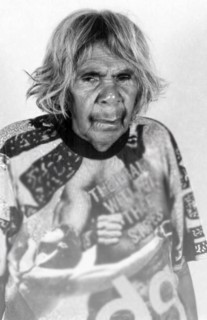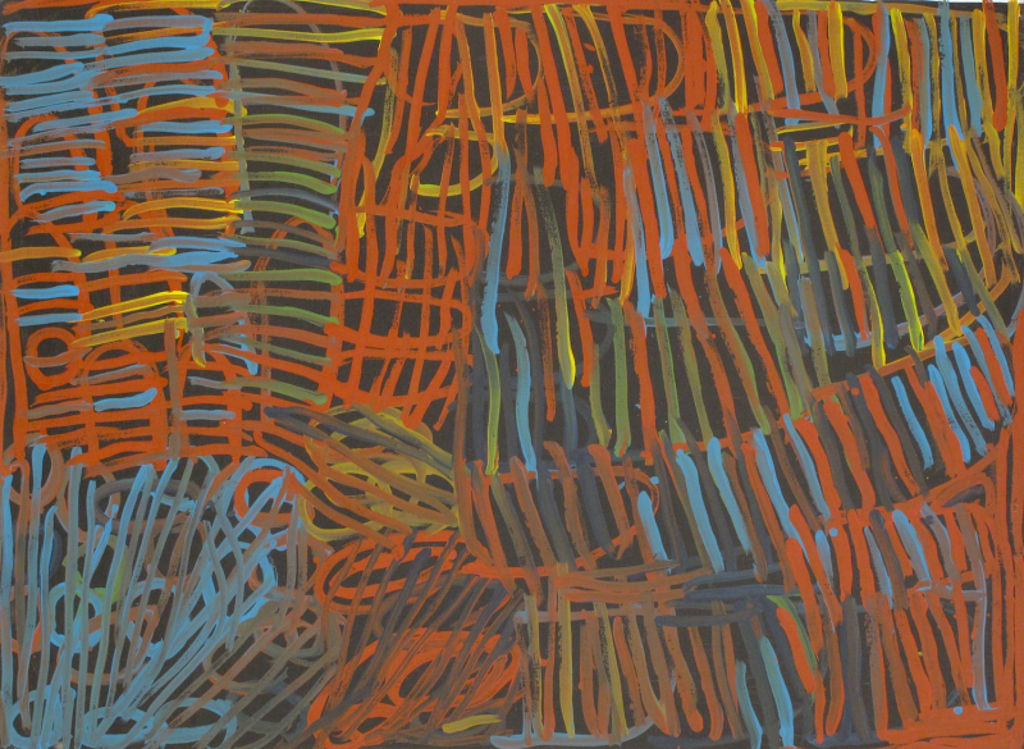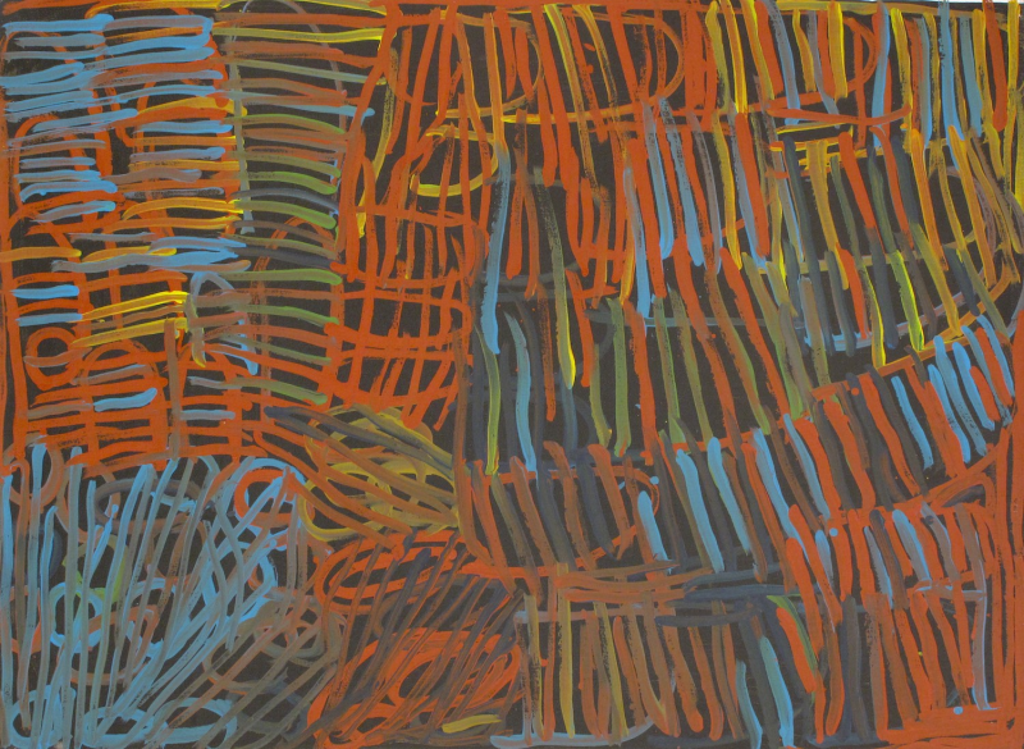
Minnie Pwerle Biography
ca. 1910/1920 - 2006
Language Group Alyawarre/Anmatyerre Minnie Pwerle's artistic journey began later in life and lasted from 1999 (when she first put brush to canvas) until her passing in 2006. Despite this somewhat short career, her profile as a profoundly important artist developed quickly with both local and international acclaim. About Minnie PwerleBorn around 1910 - 1920, Minnie Pwerle grew up as one of eight children in the Utopia Region of the Northern Territory, around 250 km North of Alice Springs. Minnie’s upbringing was traditional Aboriginal Australian, which means that artistic expression was already a big part of the daily life of her community. Moreover, the 1970s batik making movement and its transition to canvases in the 1980s was a game-changing factor in the artistic practices of the Utopia region. As a teenager, Pwerle had a daughter, Barbara, with Irish pastoral owner Jack Weir. Barbara was separated from her mother when she was taken by native welfare officials at the age of nine under the then existing Australian government's assimilation policy. She thus became one of the victims of the Stolen Generation, as it was known in years to come. Eventually, Minnie and Barbara were reunited when Barbara Weir had already become an esteemed artist in her own right. Consequently, in the late 1990s Barbara introduced Minnie to painting on canvas. When visiting Barbara in Adelaide, Minnie expressed a desire to paint at Barbara’s son Fred Torres’ DACOU gallery. After a life spent painting ceremonial designs of the Awelye People onto the body, Minnie transferred these designs onto the canvas with great success and authority reminiscent of the late Emily Kame Kngwarreye. Evolving her style, Minnie began to paint a series of linear works of her inherited dreaming, the Bush Melon and Awelye Atnwengerrp. The finished pieces were bold, vibrant and free-flowing. The reception was immediately positive and Minnie’s works captured the attention of prominent gallery owners who purchased every canvas she painted. Soon, she was showing her paintings in solo and group exhibitions. In 2004, Minnie was named one of Australia’s 50 most collectable artists by the Australian Art Collector. Her art was added to major public collections such as the Art Gallery of NSW, Art Gallery of South Australia, National Gallery of Victoria and Queensland Art Gallery. It was also included in a 2009 exhibition of Indigenous Australian painting at the New York Metropolitan Museum of Art. Technique, Stories and StyleMinnie Pwerle focused mainly on two series of artworks: Bush Melon and Awelye Atnwengerrp. Her work often described as ‘gestural abstraction’ draws inspiration from the ancient cultural traditions that used visual gestures and pigments for body paintings. This way, she expresses the connection to the country and her ancestors, but her iconic style also shows incredible contemporary sparkle. Minnie’s choice of bold colours and the evident spontaneity of her brushstrokes inevitably attracts much attention to her work. The Bush Melon paintings often consist of smooth circular rolling effects or luminescent flowing lines with splashes of colour strewn across the canvas. On the other hand, Awelye Atnwengerrp represents the ochre designs painted on the top half of women’s bodies for traditional ceremonies. Minnie translated the circles and lines on the canvas. For example, the U-shapes in her paintings represent women’s painted breasts and the rhythm with which they are painted captures the energy and the movement of the women dancing around open fires in the soft red desert sand. Seeing her stunning compositions, especially in large formats, the way she layers motifs with lightness and effortlessness, and the way we can clearly see the traces of her brush is a uniquely mesmerising experience. Through Minnie’s rhythmical paintings, we can still feel her vivacity, despite her passing in 2006. Why collect?Regarded as one of Australia's leading contemporary women artists, Minnie ranks alongside other notable Indigenous female painters that have taken the art world by storm – Emily Kngwarreye, Dorothy Napangardi and Gloria and Kathleen Petyarre amongst others. Minnie is one of Australia's best-known Indigenous artists and has received both local and international recognition and a steady global following.
Select Archive Works


